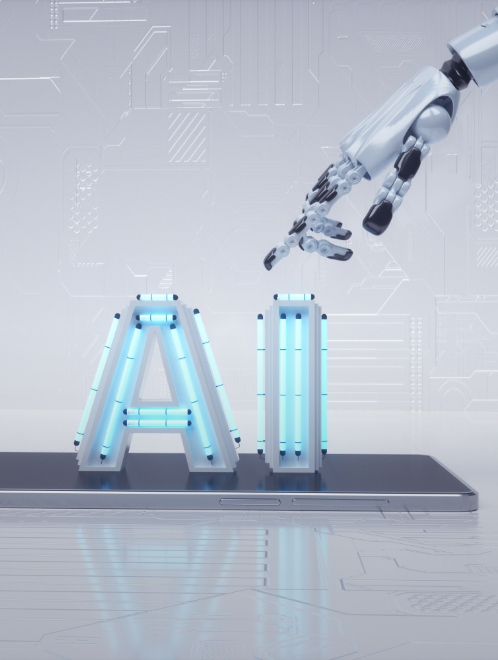Home
Careers
Top Minds
Here, you can shape the future
We are looking for the world's top minds
- If you want to make the world a better place with technology
- If you want to explore the unknown
- If you want to be a leader in your domain
- If you want to make a difference
Submission process
1
Resume review
Submit your resume and explain your achievements in any research area, scientific project, or innovative pursuit so we can get to know you better.
>
2
Interview
Technical experts or department leaders will meet you face to face. This is a great opportunity to demonstrate your expertise, problem-solving abilities, and share how you would like to drive positive change with technology.
>
3
Hiring decision
We will notify you of our hiring decision following a full assessment by the recruitment team.
These projects are waiting for you
















